|
11th February 2020 Tuesday night with the gaming club at 'The Sovereigns' in Woking continues. The final game of the night was 'Glory to Rome'. Glory to Rome is a game about the glory of Rome, well sort of. It's a game about rebuilding Rome after the 'great fire of 64 A.D.'. Become a leader of Rome by building fountains, villas and statues, even the Basilica! Of course, players also get to build a latrine... glory to Rome indeed. Well... I guess someone has to! Glory to Rome is an engine building card game which has an interesting central premise; which is that the function of cards change in the context of how they're used. This isn't something new or unique to Glory to Rome, however I've not seen it used as extensively as in this game. What's in a game Glory to Rome has a lot of cards and some of these cards serve multiple functions. Order cards By far the biggest stack of cards in the game, order cards have multiple uses:
When constructing a building, it needs a site to lay the 'foundation' on. There are site cards for each of the 6 different types of material. Site cards are covered in stripes Jacks These cards are 'jack-of-all-trades'. They are wildcards. Rome demands card This oversized card goes in the centre of the playing area and is a discard pile/pool for order cards. Bonus cards There are 6 bonus cards, one for each type of material. When scoring at the end, the player who has the highest amount of a material in their Vault acquires it's bonus card. Each bonus card is worth 3 victory points. Leader card Used to represent the first player in a round. That's it for cards. Player board Player boards (Or camp board.) serve 2 functions. They are a player aid and they also track certain cards and actions the players have played. The boards track influence, clientele, stockpile & vault. The quality of the components is pretty standard, nothing standout, but by no means nothing bad either. The art on the cards is minimal, almost simplistic and feels a little bit amateurish. It does however, give the cards a distinct look, is uncluttered and clean looking. I guess it's down to taste. How's it play? Setup is pretty simple.
Whoever is the first player decides to either 'lead'... or think!
When all players have completed their actions, all cards that were played as role cards are placed in the pool. Any Jacks played are returned to their stack. Play proceeds to the next turn and the Leader card moves to the player to the left. That's the basics out of the way, now on to what the role cards actually do.
The player board has 4 sides and each side has a function.
I think that is more or less it for most rules. Endgame There are several criteria that trigger the end of the game. Play continues until all site cards for all materials have been used, out-of-town site cards do not count towards this. The deck of order cards is depleted. The catacomb building is completed. The Forum Romanum is built and the player who built it has at least one of each type client in Clientele and one of each material type in their Stockpile. If this occurs, then that player wins an outright victory! Victory points are not tallied! When any of these conditions are met the game immediately ends and points are tallied (Except in the case of a Forum Romanum victory.). Players score 1 point for each Influence point. Players score the cards hidden in their Vault. Players score bonus cards for the materials in their Vault. All victory points are tallied, highest score wins. Overall
Glory to Rome is pretty straightforward to learn once you get your head around the central premise that your hand represents, people, buildings, materials and more. Like other games that use similar mechanics, it forces players to make difficult decisions on what cards to use for what. Glory to Rome is an engine building game on 2 tiers. How cards are placed on the player board on the Clientele side is essentially building an engine. Giving players extra or bonus actions. Placing buildings is the other way of building an engine. Together they give players quite a few options to explore. The game's owner stated that certain cards can break the game, but that wasn't my experience when we played it. Upon looking at some cards after the game ended, I could see what he meant though. Glory to Rome also asks players to watch each other and see what they do and in particular, what they put in to the pool. The pool is the best source of cards - provided it has what you need and you have the cards to get them. Glory to Rome is perhaps a little too long to play for what it is, but otherwise it's a fun game.
0 Comments
Leave a Reply. |
AuthorI play, I paint. Archives
March 2024
Categories
All
|

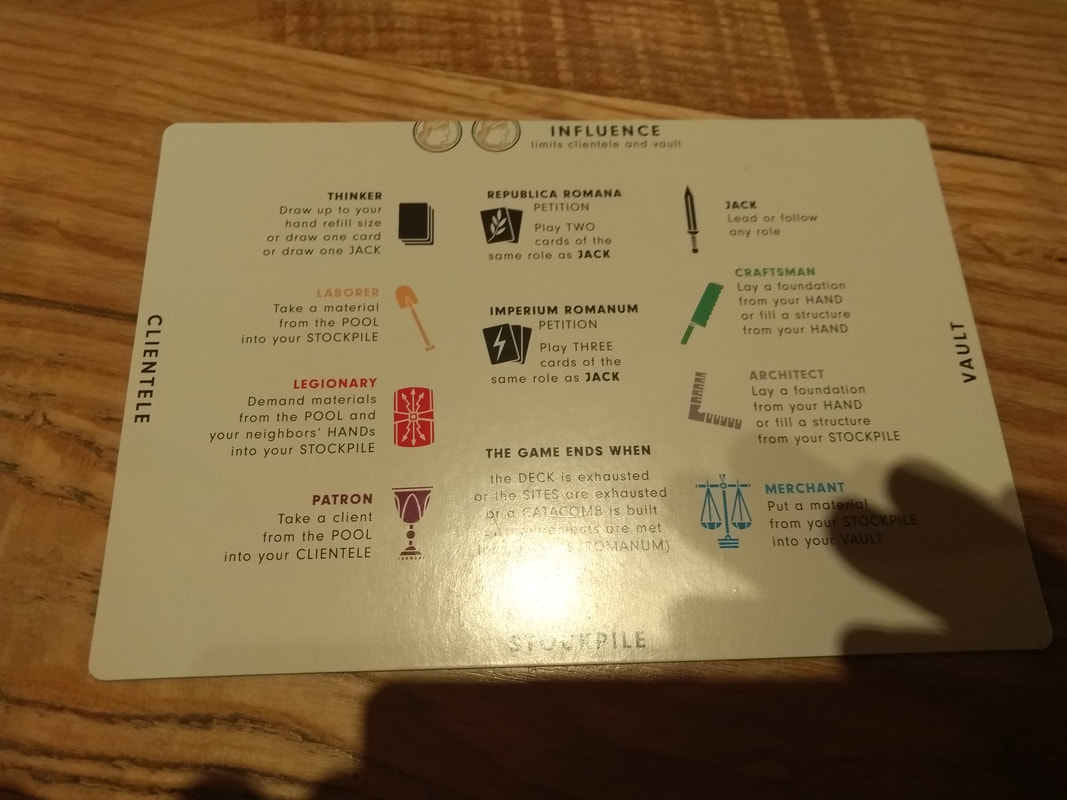
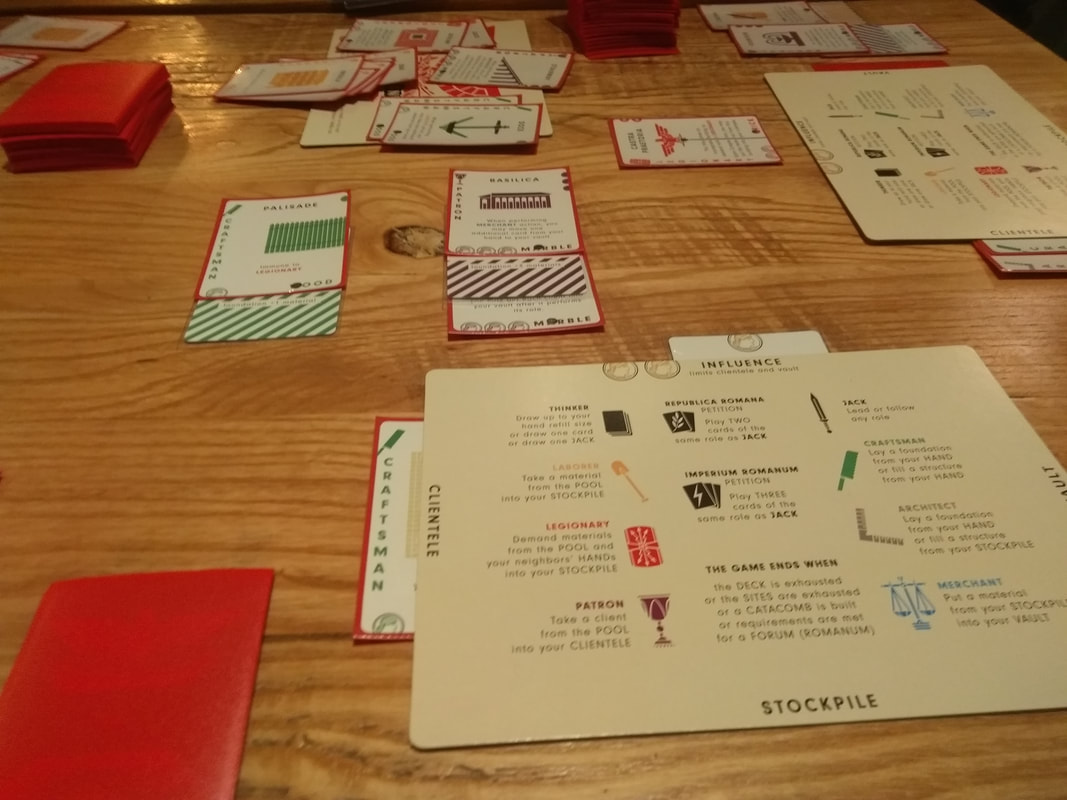
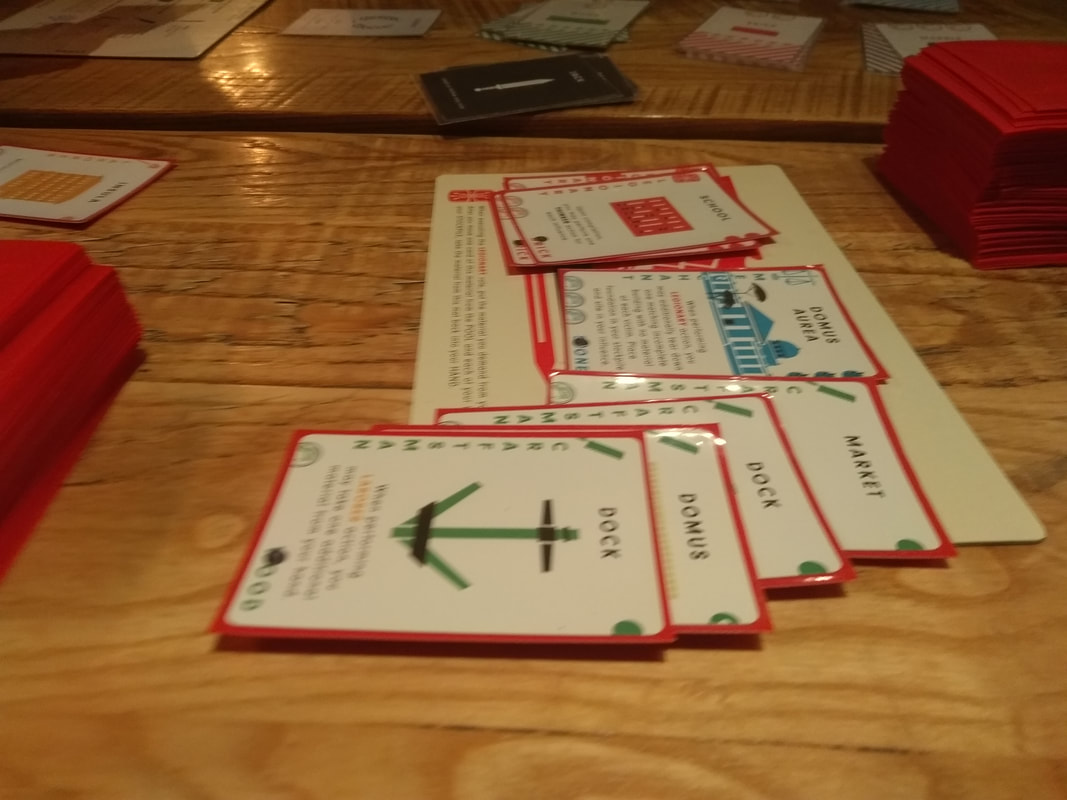
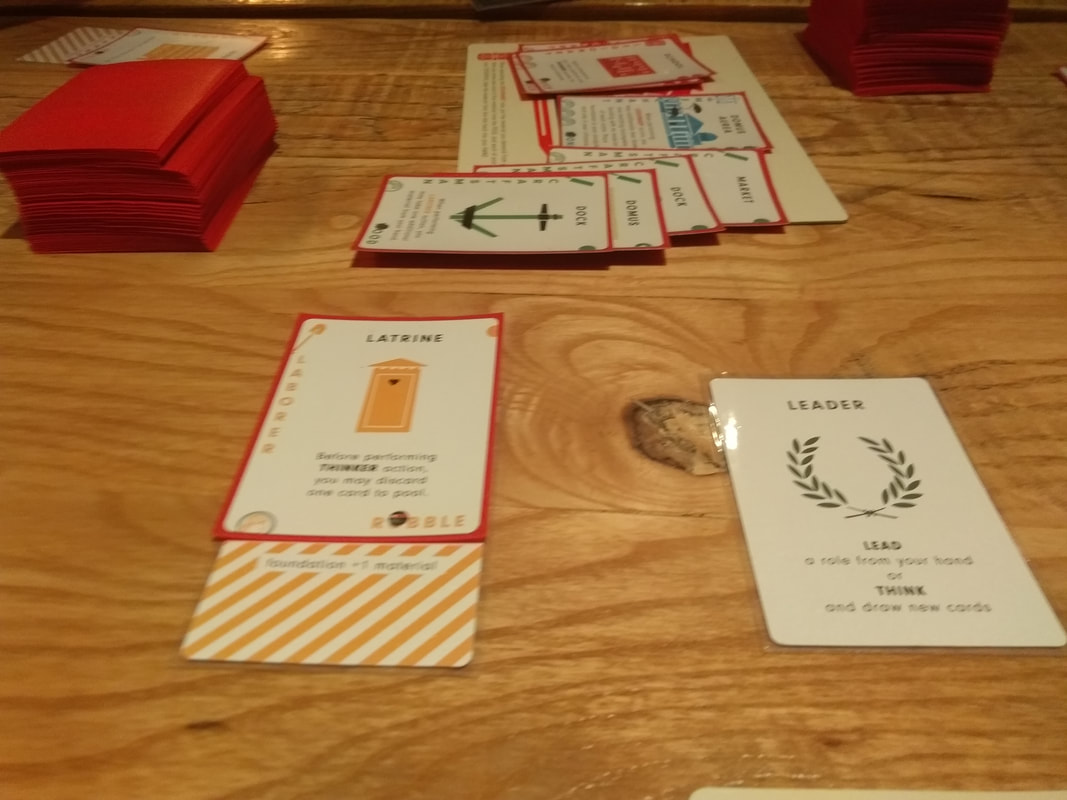
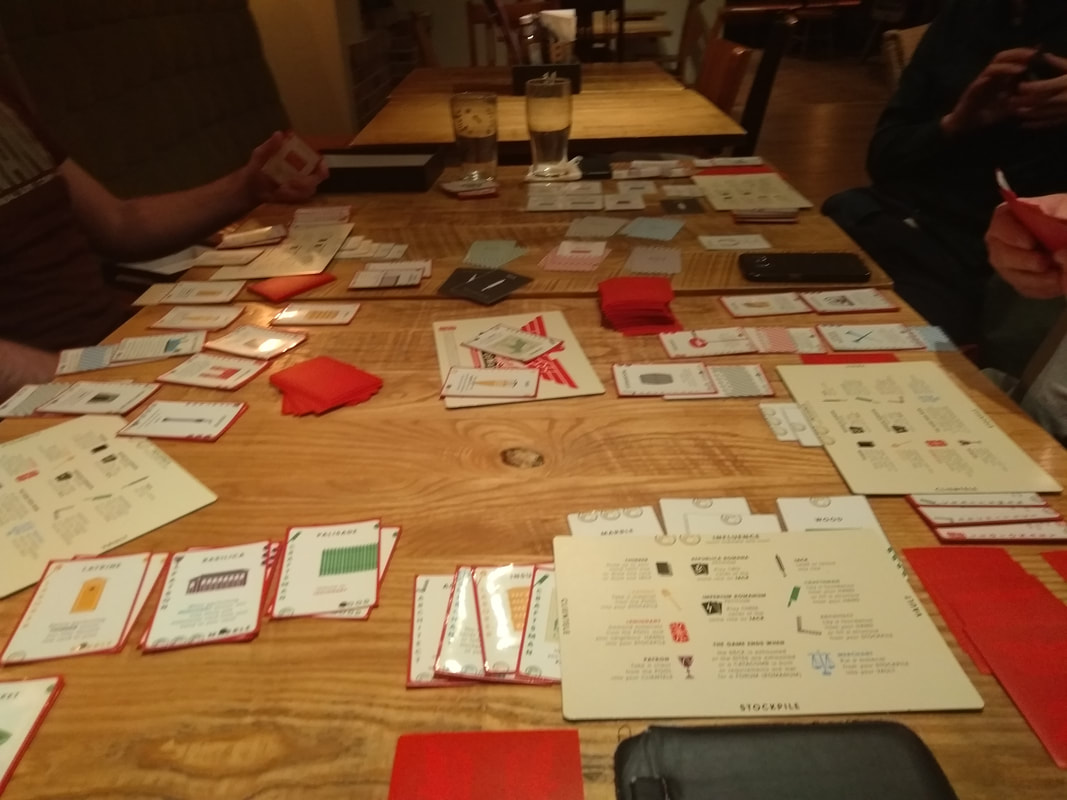
 RSS Feed
RSS Feed
